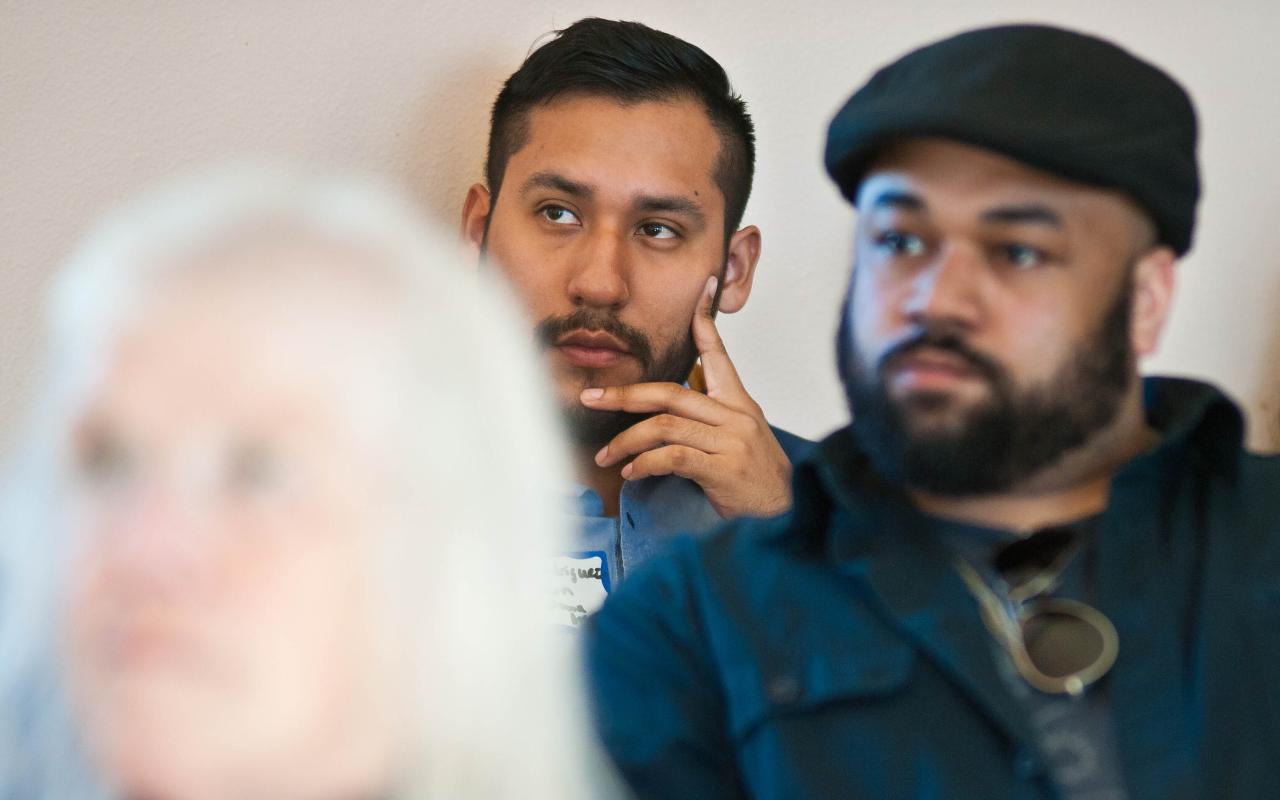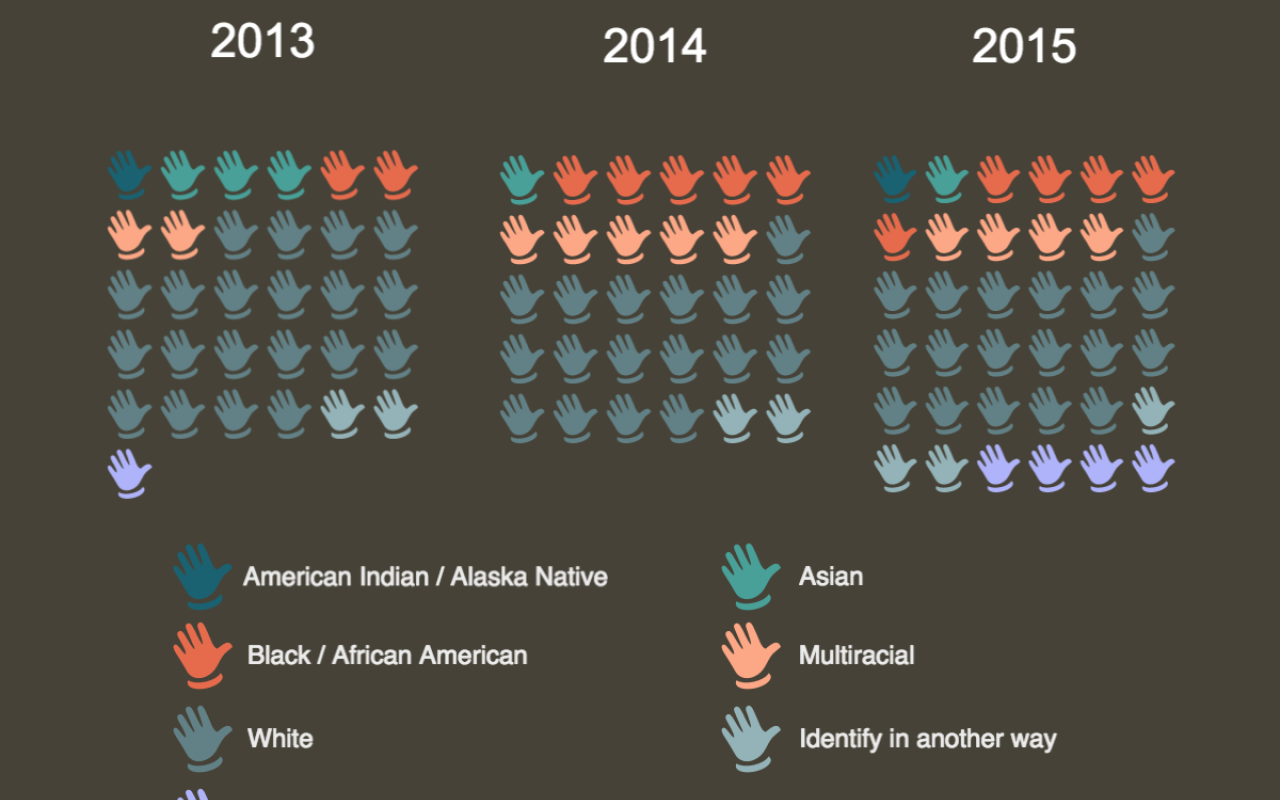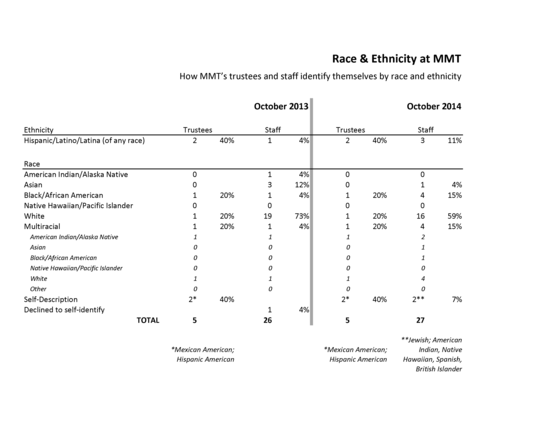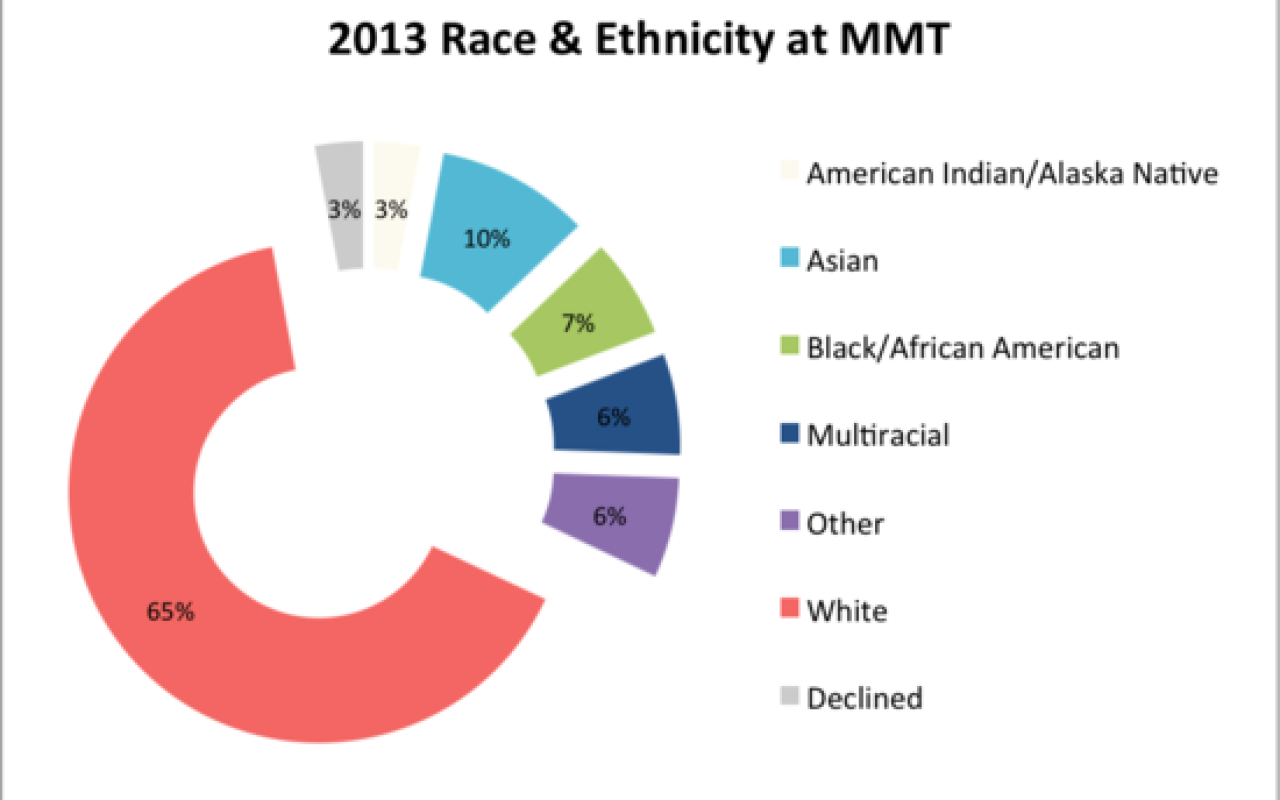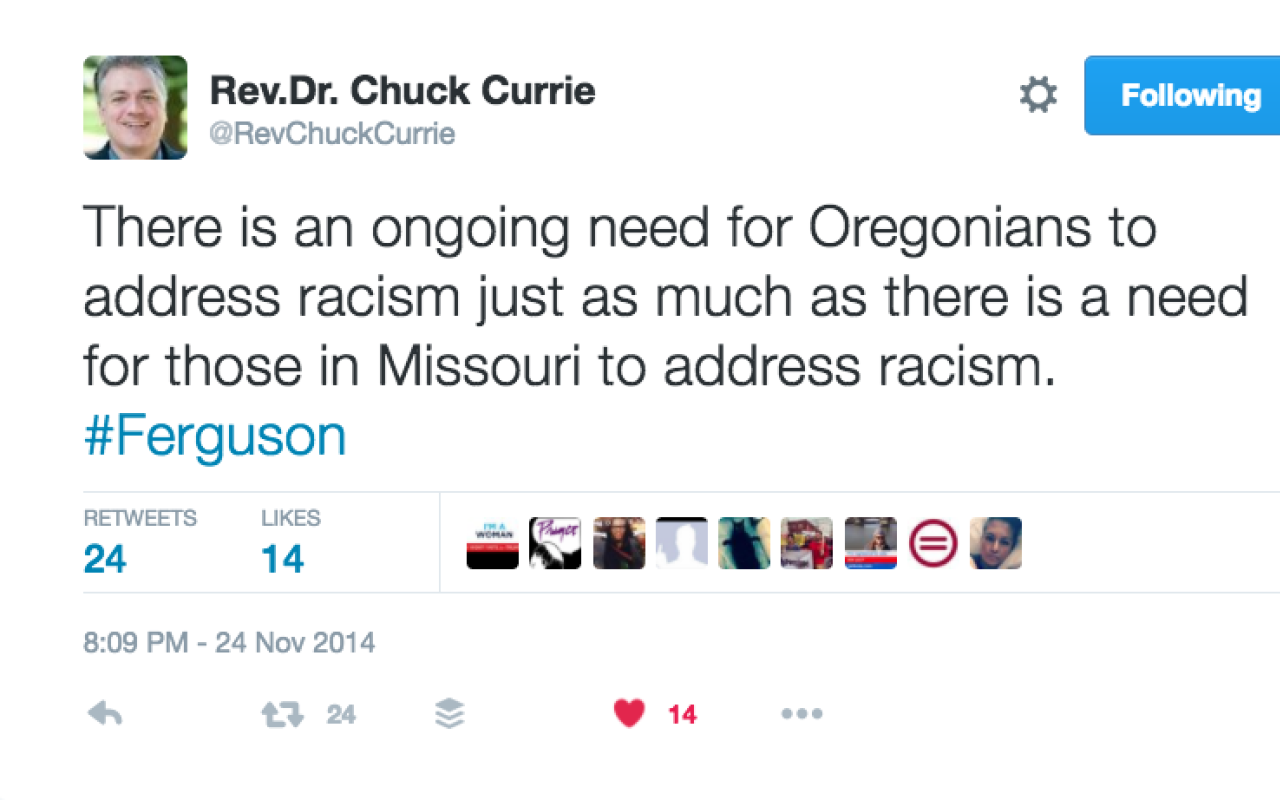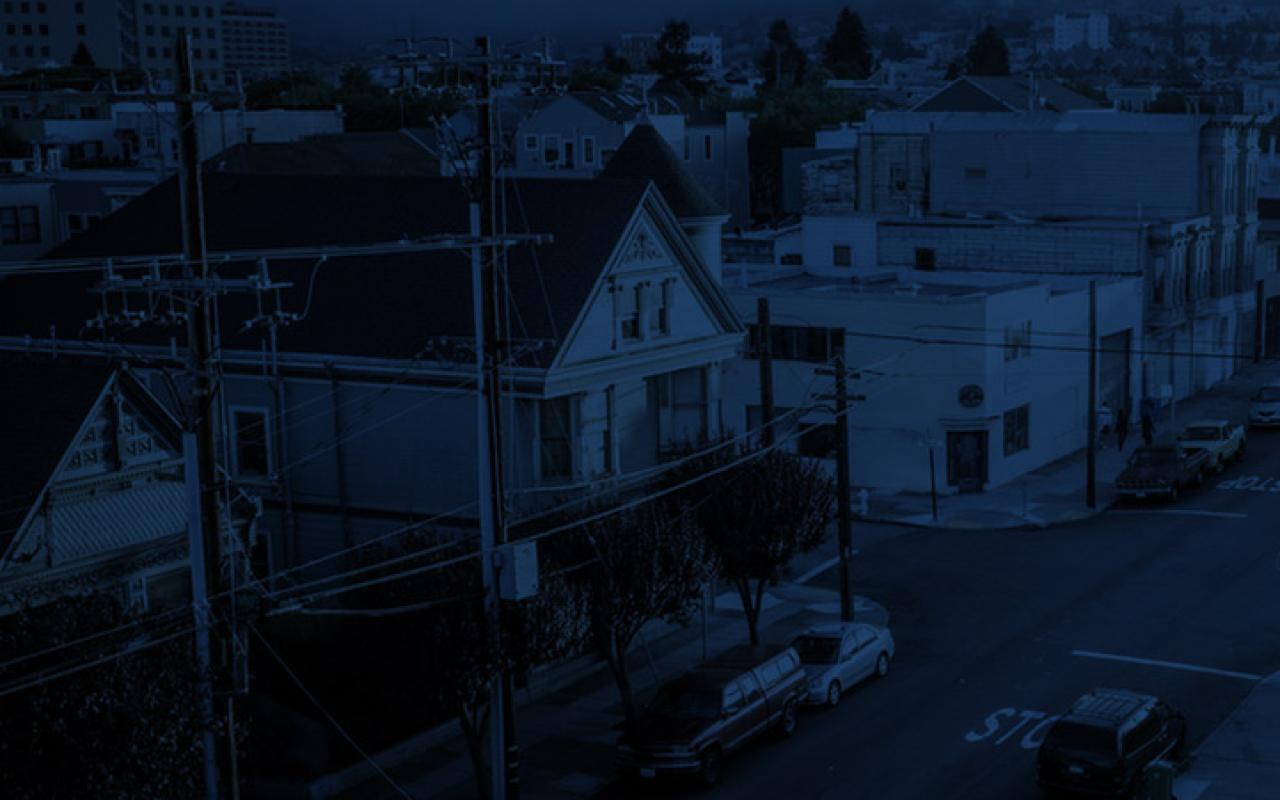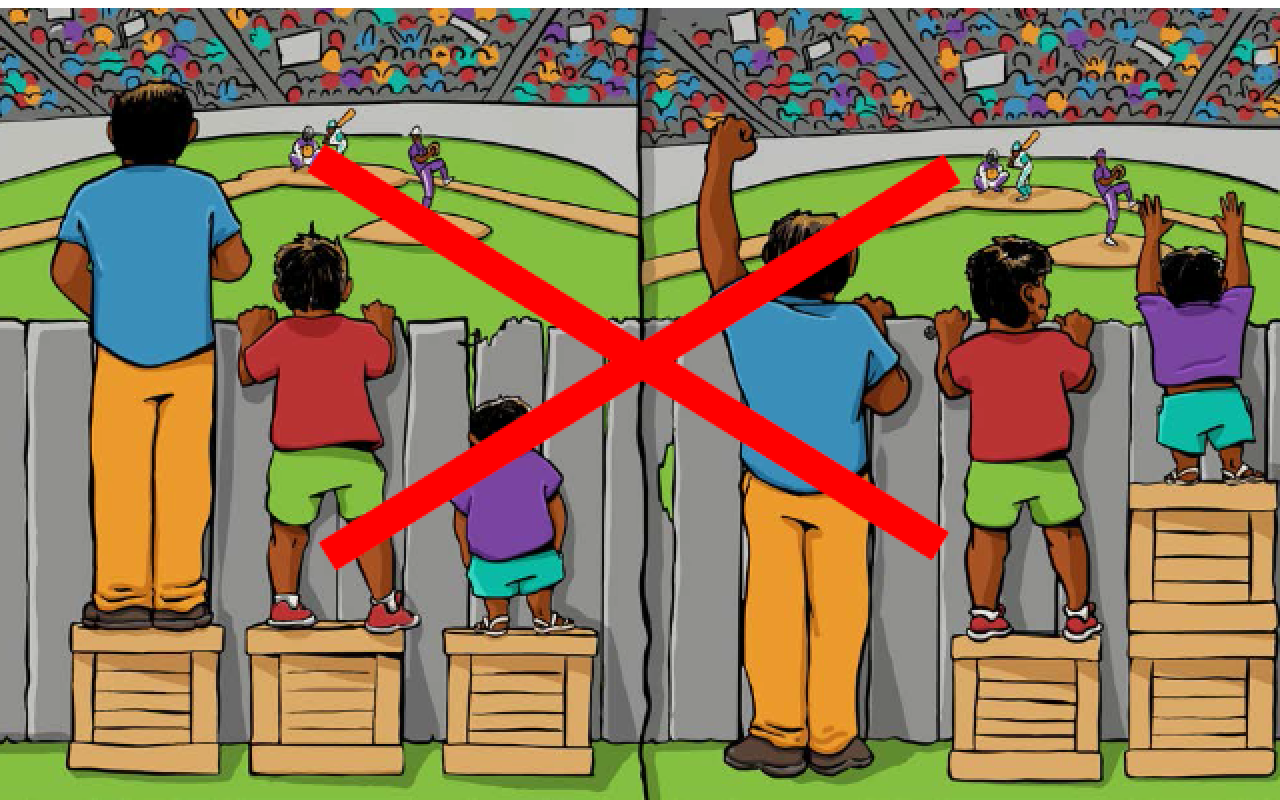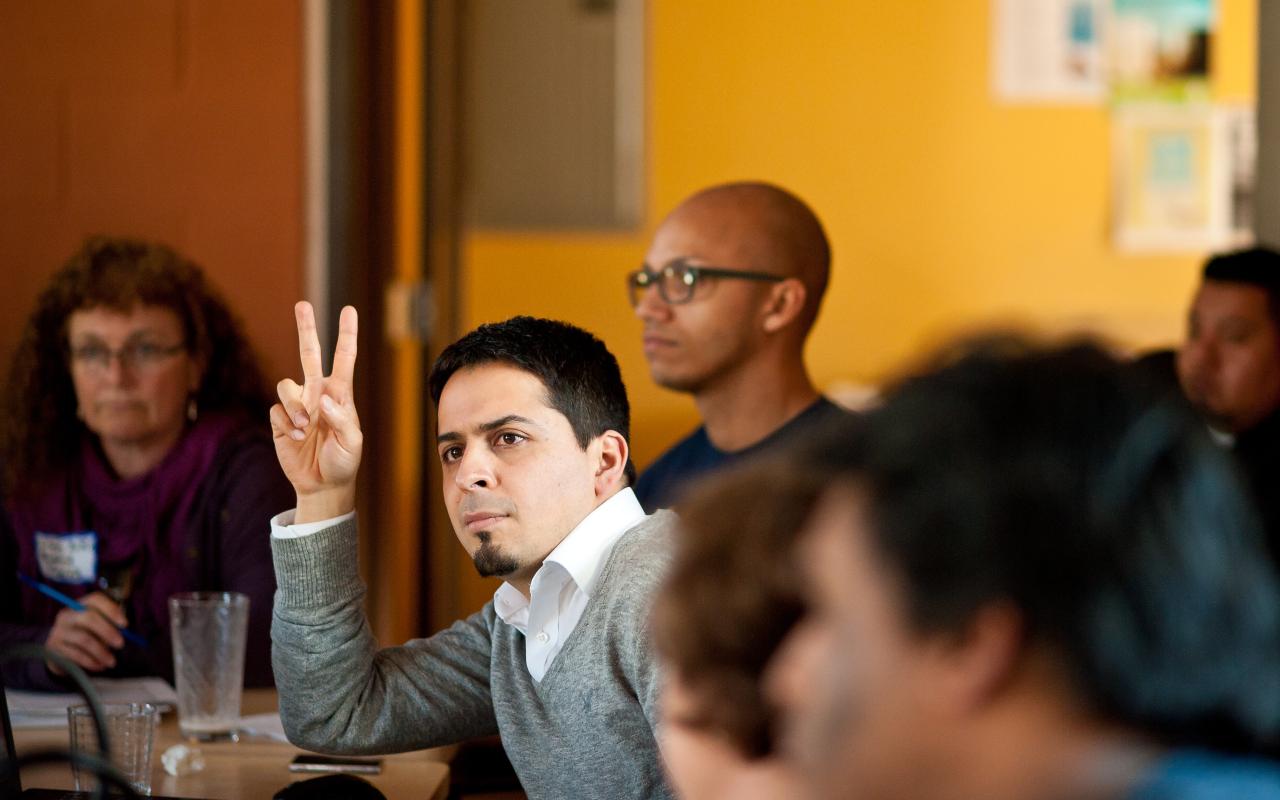Defying the Numbers
Sleek, remodeled Earl Boyles Elementary — full of natural light, bright yellow walls, state-of-the-art courtyard play structures and technology-rich classrooms — stands at the corner of Southeast 112th Avenue and Bush Street, in one of the poorest and most diverse sections of Portland.
Five years ago, median household income was $29,457 in the Earl Boyles enrollment zone, just 60 percent of the county median income of $49,049. More than a quarter of families primarily spoke a non-English language at home, and 24 percent of adults had not completed high school.
So, how did one of Oregon’s most-challenged elementary schools become a beacon of transformation?
The school’s statewide test ranking has skyrocketed from 8.3 percent in 2009 to 48.2 percent today. Attendance rates hover just below 100 percent. Students pour outside at the end of the school day, giggling excitedly to see Principal Ericka Guynes, Oregon’s 2013 Elementary Principal of the Year.
Wrap-around services and early learning opportunities for Earl Boyles students and their families stand as national models. So does its English-language learners programming and a slate of pre-K programming that helps families of young children connect with literacy and financial education classes, parenting tools and social services.
School district leaders, staff, volunteers, county programs and nonprofits connected with parents early and are sticking with them for the long haul. That recipe of partnership, especially programming designed around a community vision, is the secret of Earl Boyles’ success, and it offers hope for schools across the country.
As one Earl Boyles parent put it: “I never thought my children would have access to an education like this.”
Many people saw potential in Earl Boyles Elementary, including Swati Adarkar, president and co-founder of Portland’s Children’s Institute, a nonprofit that advocates for young children in Oregon. Adarkar has built a national reputation as a champion for early child care and education between birth and age 8. To Adarkar, the focus has real urgency because research shows that when kids — especially children from low-income families — don’t read at grade level by the third grade, their chances of graduating from high school plummet.
In 2008, only 65 percent of Oregon’s third-graders were reading at grade level, with much lower rates in poorer areas. And high school graduation rates place Oregon third from the bottom in national rankings.
Adarkar has spent the past few decades crisscrossing the country in search of successful early-engagement models that might work in Oregon.
It was on one trip to Chicago that she found true inspiration. There she met the leaders of Educare, which used funds from the Ounce of Prevention Fund to create a state-of-the-art school on Chicago’s South Side for low-income infants, toddlers, preschoolers and their families. Educare’s programs focus on literacy, language, early math and social-emotional skills, and staffers join with parents to help them become champions for their children’s education and achieve their education goals.
Adarkar called up then-David Douglas School District superintendent Don Grotting, a future Oregon superintendent of the year and student of early-intervention research. The superintendent immediately tapped Principal Guynes, who was making a name for herself as a then-new principal by translating forms into Spanish (a dominant language at Earl Boyles) and arranging caregiver get-togethers that transformed the school’s booster “club” of just one person into a thriving group.
They reached out to Portland State University’s Center for the Improvement of Child and Family Services to help design a program with the help of Earl Boyles’ families. They partnered with Mt. Hood Community College Head Start on how best to utilize their services. And they coordinated the onsite services of the Multnomah Early Childhood Program and the pre-existing Schools Uniting Neighborhoods (SUN) program at Earl Boyles by planning for more services and parent engagement.
Together, the team raised money, studied and planned for two years before hatching Early Works, a 10-year initiative at Earl Boyles with a focus on children ages 3-5. In 2012, the team took a big step forward by hiring a former migrant education recruiter, Andreina Velasco, as their first Early Works Parent & Community Engagement Coordinator based at Earl Boyles. A bilingual native of Venezuela, Reed College alum and young mother, Velasco had learned the hard way as a Portland Public Schools teacher that children often aren’t socially and emotionally prepared for school. For Velasco, Portland’s K-12 system wasn’t set up to help every child succeed. Early Works was a personal, direct approach to address the gap.
Velasco partnered with the SUN program and Portland State University to find names, phone numbers and addresses of families who might one day send students to Earl Boyles. She talked to children at the school about young siblings still at home. She went door to door, visiting their families so they knew her. Her work was especially important when the Early Works team embraced a bigger, tougher ambition: reaching families of newborns and toddlers. New brain and social science research showed that the earlier educators reached children and parents, the sooner children would be ready to learn — even before they were born. Soon, Early Works enrollment began to double, then triple, as engagement with families became deeper and more committed.
An onsite staffer, known as a Family Resource Navigator, began connecting families to various services, including Portland’s housing agency, Home Forward. Padres Unidos, which translates into Parents United, the school’s parent leadership group, is fully facilitated, managed and promoted by parent leaders. The group reviews Early Works evaluation data, and numerous caregivers have overcome English-language challenges to advocate for early learning by giving speeches and providing testimony across the state.
A $7 million voter-approved construction bond gave Early Works and Principal Guynes what they truly needed: More space for preschool and kindergarten classrooms and services at Earl Boyles. It also gave parents something they never expected: a beautiful place to connect in their own backyard.
The bond paid for half the expansion, while Multnomah County foundations, including Meyer Memorial Trust, and individuals provided the rest. Today, the Richard C. Alexander Early Learning Wing at Earl Boyles serves 90 3- and 4-year-olds in the Earl Boyles catchment area.
Connected to the Early Learning Wing is the Earl Boyles Neighborhood Center, which includes a lending library, family food pantry, meeting rooms for partner agencies and families, an infant-toddler room, and an adult learning classroom that provides parent education.
The school campus buzzes day and night.

